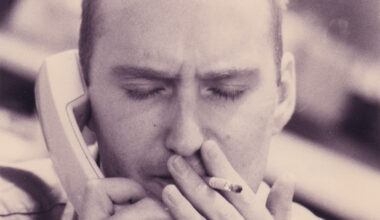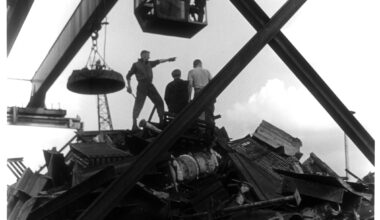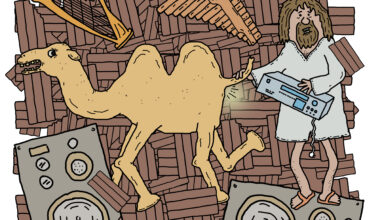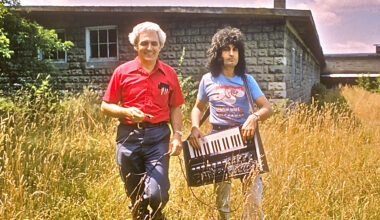It’s been a busy year so far for Finnish techno/jazz polymath Jimi Tenor, releasing a photo biography, ‘Omniverse’, and an album, ‘Multiversum’. Hold on tight for a wild ride through his eclectic existence
Want to read more?
Sign up to Electronic Sound Premium to gain access to every post, video, special offers, and more. 100%, all you can eat, no commitment, cancel any time.
Already a premium member? Log in here





